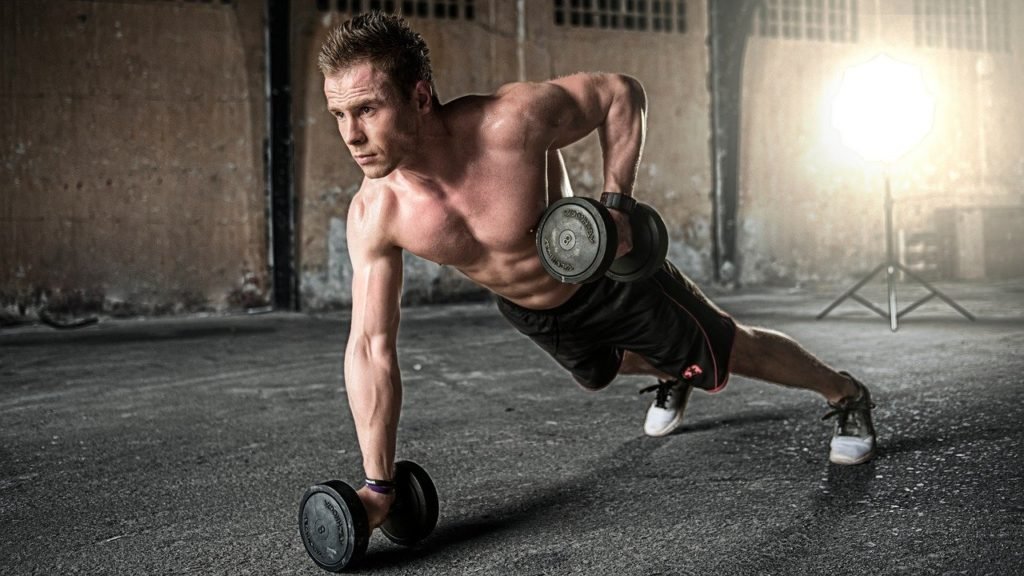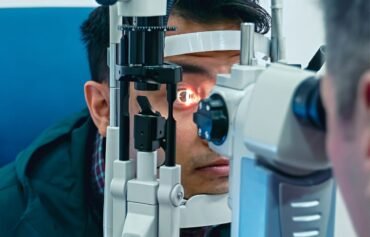When we think about flexibility, first image that comes to mind might be a yoga practitioner effortlessly contorting their body into various poses. On the other hand, when we think about muscle mass, we often envision a bodybuilder with bulging muscles. But did you know that these two seemingly unrelated aspects of fitness are actually connected? In this comprehensive guide, we’ll delve into the intricate relationship between muscle mass and flexibility. Get ready to uncover how muscle mass can affect a person’s flexibility.

Understanding Muscle Mass Can Affect a Person’s Flexibility
Muscle mass and flexibility might appear to be at odds with each other – after all, muscle-bound individuals might not resemble the graceful contortionists we associate with flexibility. However, the connection lies in the balance between muscle strength and muscle length. Muscles work together in pairs: while one contracts, the other relaxes. The balance between these opposing muscle groups determines the range of motion around a joint – a crucial factor in achieving flexibility.
The Flexibility-Muscle Mass Equation
- Muscle Imbalance: Muscular imbalance, often observed in individuals having excessive muscle mass, can lead to reduced flexibility. When certain muscle groups are overdeveloped and others are neglected, it can create tension and limit the joint’s full range of motion.
- Muscle Density: Muscle density, a characteristic of muscle mass, can affect flexibility. Dense muscles are more resistant to stretching, making it harder to achieve deep stretches and fluid movements.
- Muscle Length: Longer muscles have greater potential for achieving flexibility. Muscle mass can impact muscle length, with overly tight muscles due to hypertrophy (muscle growth) hindering the ability to lengthen and stretch fully.
- Joint Health: The health of your joints closely tied to both muscle mass and flexibility. Strong muscles provide better support for joints, reducing the risk of injury during stretching exercises.
Achieving the Right Balance
The key to reaping the benefits of both muscle mass & flexibility lies in striking harmonious balance. Here’s how to achieve that equilibrium:
- Incorporate Dynamic Stretches: Dynamic stretches involve controlled movements that gradually increase the range of motion. They are particularly effective for individuals with greater muscle mass as they engage muscles in a way that doesn’t compromise strength.
- Prioritize Stretching: Individuals aiming for muscle growth often overlook stretching. Integrate regular stretching routines into your fitness regimen to ensure muscle length is maintained.
- Foam Rolling and Massage: Foam rolling and massages can aid in breaking up muscle knots and releasing tension. Regular use can help maintain muscle pliability, promoting flexibility.
- Yoga and Pilates: These disciplines focus on strengthening muscles while also enhancing flexibility. The controlled movements and stretches in these practices help in maintaining a balanced physique.
- Varied Workout Routine: Incorporating a variety of exercises that challenge muscles in different ways can prevent muscle imbalances from developing.
Conclusion
The relationship between muscle mass and flexibility is nuanced one. While it’s true that excessive muscle mass can potentially hinder flexibility, it’s important to remember that a well-balanced approach to fitness can yield the best results. By understanding the role of muscle strength, density, and length in achieving flexibility, you can tailor your workout routine to strike the right balance. So, whether you’re a bodybuilder or a yogi, never underestimate the power of a harmonious blend of muscle mass and flexibility for overall fitness and well-being.





